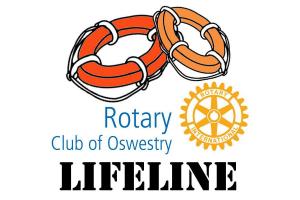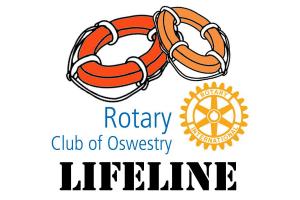Lunchtime Meeting - 12.45pm - Speaker Mr Graham Kyle, MB,ChB (Glasgow), FRCOphth, LL M
Mon, Jun 1st 2015 at 12:40 pm - 2:00 am
Today, Robin's speaker will be Mr Graham Kyle, Retired Consultant Ophthalmic Surgeon
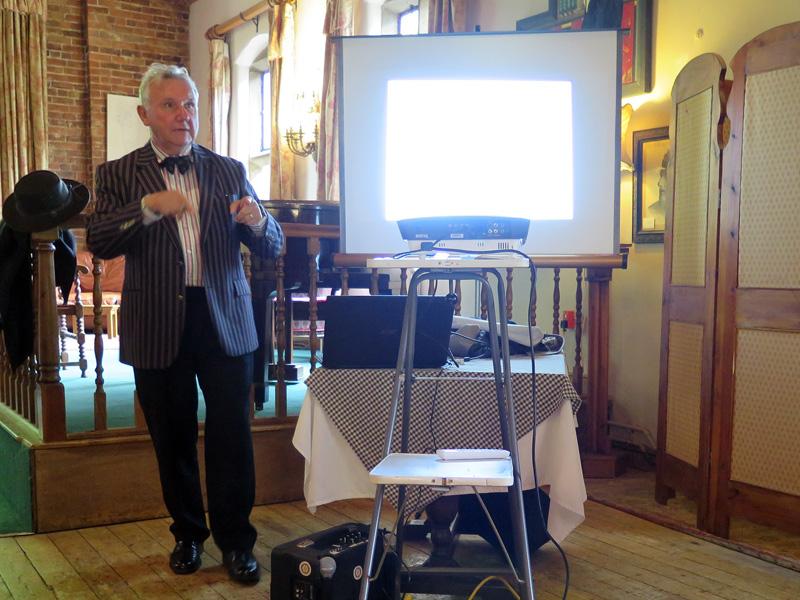
On Monday 1st June Robin Sinclair’s guest speaker was Mr Graham Kyle, a retired Consultant Ophthalmologist who worked for 9 years in Wrexham, as well as stints in Newcastle, Kings College Hospital, Moorfields Eye Hospital, Aintree University Hospital and the Walton Centre, Liverpool. As well as his ophthalmological work, Graham also served on the Multicentre Research Ethics committee (North West) and the Council of the Royal College of Ophthalmologists and latterly undertook medico-legal work. He has been bitten by the ‘History Bug’ and is currently about to sit examinations for the DHMSA (Diploma in the History of Medicine of the Society of Apothecaries) as well as researching the Medical Officers of the Llanfyllin Poor Law Union! With such a pedigree it was obvious we were in for a treat...
The title of Graham’s talk was the History of Cataract Surgery, which is considerably longer than any of us realised; it was mentioned in the Book of Hammurabi from 1800 BCE Babylonia! Firstly: why the name? Well it sounds obvious when you think about it because we use the Latin-derived word ‘cataract’ for a waterfall too and when seen close up the opacity which characterises the cataract in an eye looks like a sheet of white water which obscures the lens leading eventually to blindness. Graham likened this cloudiness of the lens to the white of an egg, which can be clear or opaque, soft or hard depending on how it is treated – but as he said, you can’t unboil an egg and this denaturing of the protein in the lens if untreated leads inexorably to what is called a ‘mature cataract’ ie when the entire lens is opaque. The lens is essentially a protein capsule and if light hits the cataract and is scattered instead of being focused on the retina most of the sufferer’s sight is lost.
So what to do? Well back in Babylonia and right through to the 18th Century a process called ‘couching’ was used – initially a bronze lancet was inserted into the eye pushing the lens downwards into a reclining position (hence the word) enabling the sufferer to see once more, albeit not perfectly. With this method there was a high incidence of blindness, up to 62%! Then a chance discovery by Jacques Daviel in 1747 changed everything – as he was doing a couching operation the lens started to break up and he deftly opened up the bottom of the eye and the bits dropped onto the cheek of the patient. Et voila! The modern cataract operation was born. Sadly the eminent German practitioner (and oculist to King George III) Baron de Wenzel was said to have “destroyed a hatful of eyes” before he gave up couching in favour of the new operation!
There were refinements: Ignacio Barraquer, a Spanish ophthalmologist working at the beginning of the 20th Century started using sutures (made from his wife’s hair!) and Austrian opthalmologist Karl Koller discovered that 2% cocaine applied to the eye before the operation relieved a lot of the pain for 10 minutes while the procedure was performed. After observing how the eyes of WWII pilots tolerated Perspex entering them after crashes involving the aircraft canopies, Sir Nicholas Harold Lloyd Ridley invented and implanted the first intra-ocular lens replacement in 1949. These were later to be made foldable so that a smaller incision could be used.
More recently ultrasound has been used to break up the lens to make its removal easier, and in 1962 American Charles Kelman, a pioneer in ophthalmology, devised the cryoprobe, a freezing instrument for the extraction of cataracts within their capsules. He it was who in 1967 introduced phacoemulsification by which the cataractous lens within its capsule is broken down and suctioned out through a small needle, meaning that patients had a much faster recovery time and return to normal activity. Finally in 1975 Dr Kelman began designing lens implants for use in conjunction with cataract surgery and now this once hazardous procedure is virtually painless and has an excellent success rate.
Graham said that the procedure is a truly wonderful operation and he estimates that in the course of a 30-year career he carried out around 15,000 of these personally. His only sadness at the end of his career as a Consultant Ophthalmologist is that there are around 20 million people across the world who are blind because of cataracts – which a relatively simple, straightforward and inexpensive operation could cure.
A fascinating and very instructive talk!
Jayne Middleton
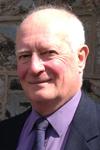 Contact Robin Sinclair about this page:
Contact Robin Sinclair about this page:
'What We Do' Main Pages:
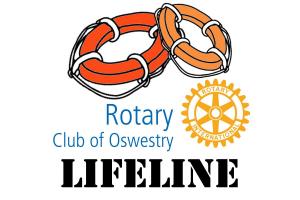
As LifeLine has been cancelled for September 2020 due to the Covid-19 pandemic, we are inviting staff and Year 6 students to download the Pupils' Workbook and work through it during your classes in September or take it home and do it there.
moreTree of Light
moreThe Role of the Community Services Committee
moreThe Role of the International Committee
moreThe Role of the Vocational Committee
moreThe Role of the Entertainment & Sports Committee
moreThe Role of the Youth Services Committee
moreThe Role of the Membership Committee
moreThe Role of Club Council
moreThe Role of the Foundation Committee
moreRole of the Public Image Committee
more
This page allows us to help publicise community events in the Oswestry area. Sometimes we are involved in the event but sometimes we're not!
moreThe current Duty Rota can be downloaded here. Please keep Webmaster Hazel up to date with any swaps you have made and advance notice of your speakers if possible.
moreHistory and background of The Rotary Club of Oswestry
moreRotary Club of Oswestry External Links Disclaimer
moreThis privacy statement explains how this Rotary Club will use any personal information we collect about you for any event/competition, received both online and offline, as well as any electronic, written or oral communication - 8th April 2018
more